blackkite
Don't laugh, don't cry, don't even curse, but.....
- Joined
- 31 May 2007
- Messages
- 8,819
- Reaction score
- 7,718
Hi! windswords-san. Your question is too hard for me, but I will check Japanese sources.windswords said:Blackkite-san,
Thank you for the videos and links to the restoration of the J8M. I have seen many pictures of the J8M you linked to. I have always wondered why the green color of that aircraft is so much lighter compared to other IJN aircraft which are a much darker green. Did those who restored this aircraft paint it the wrong color? If they wanted to show the J8M in the color it would be in combat service it should have been darker. If they wanted to restore it as a test aircraft it should have been yellow-orange like other prototypes. Do you know why that color green was chosen?
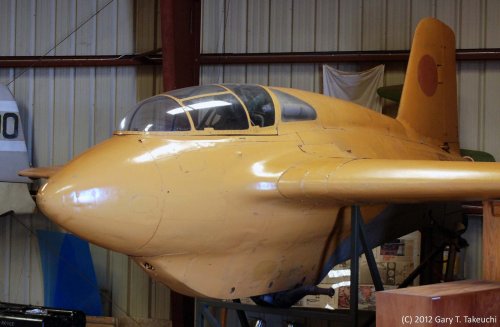
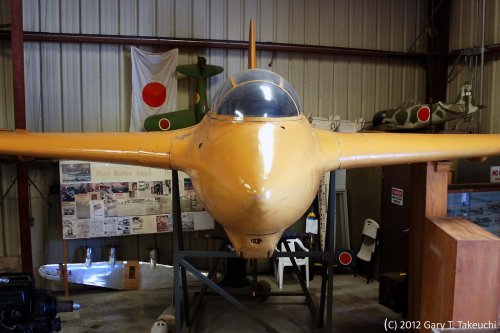
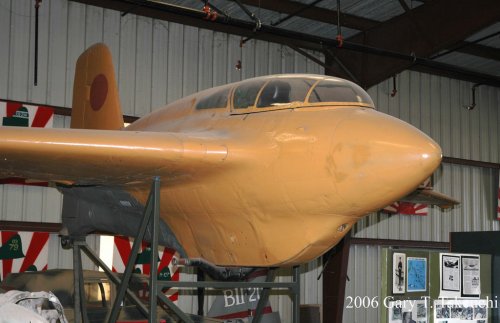
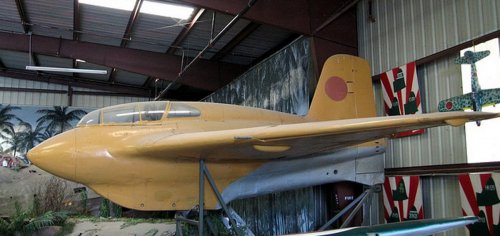
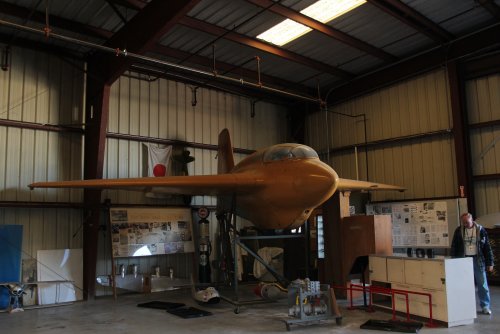
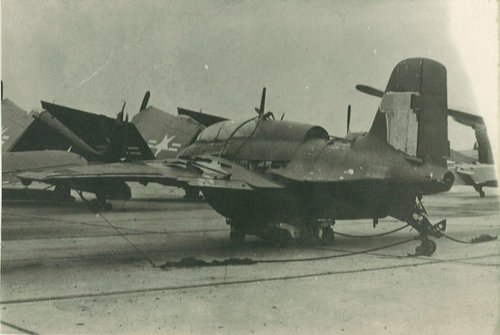
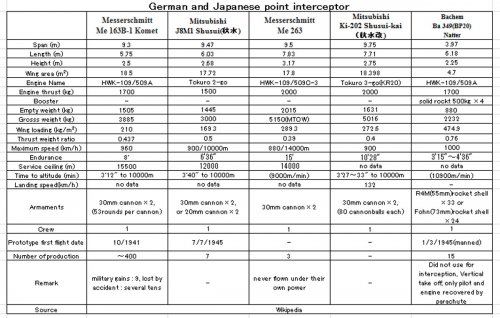
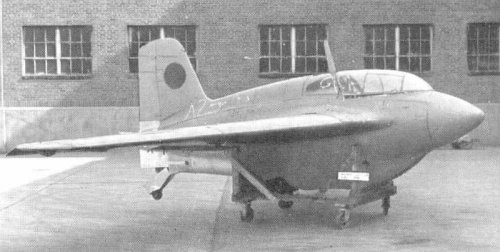
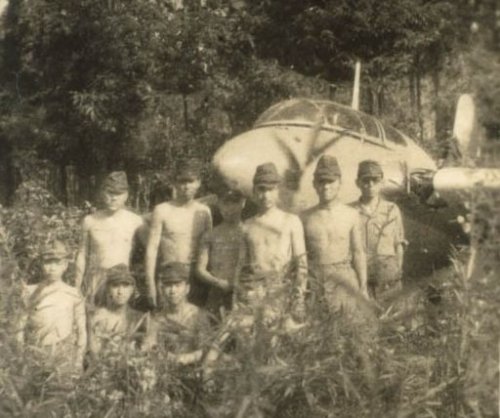
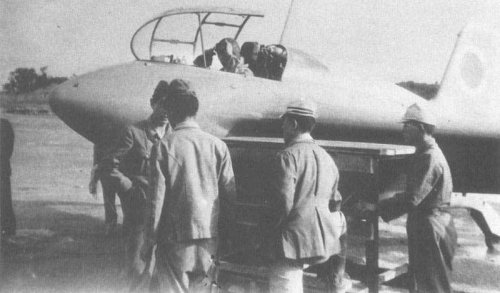
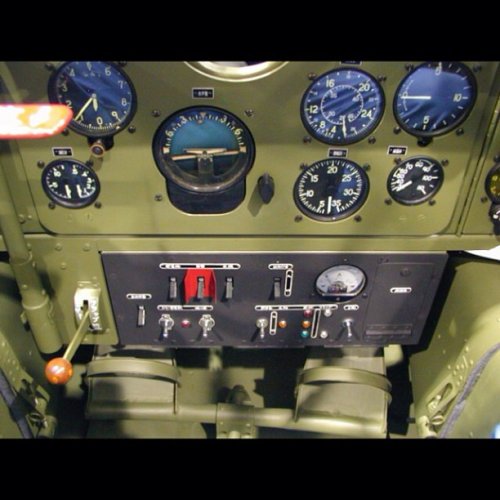
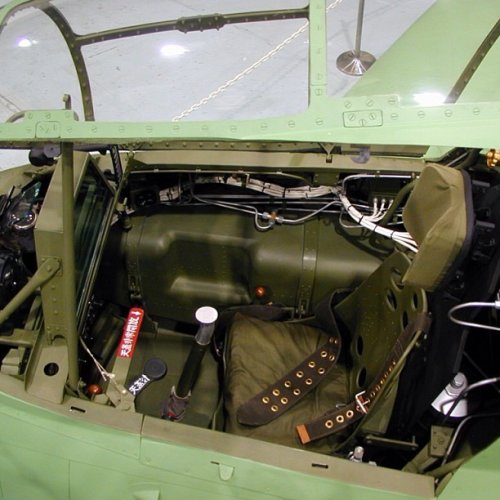
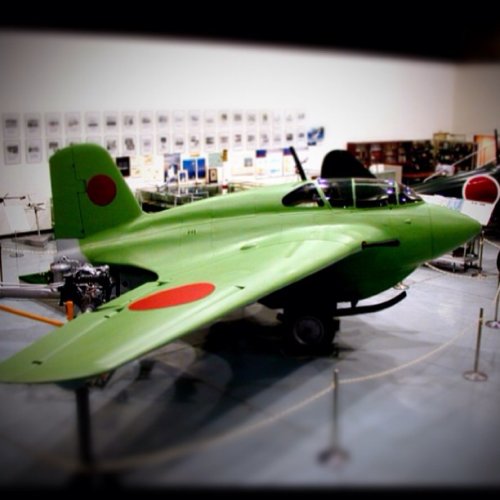
Yes. And Shusui had only half fuel. The first flight was performed in narrow Oppama base Yokosho.windswords said:In regards to Captain Inuzuka's fata test flight, the fuel line did not deliver propellant to the rocket engine resulting in fuel starvation. This was due to the 45 degree climb. The engine cut out too soon and the pilot could not make it back to the airfield to land. By the time the problem was fixed the war was over.
windswords said:In regards tot he cutaway drawing of the ME-163 the nose contained a generator powered by the small propeller. The J8M1 used that space in the nose for something else but I'm not sure what it was.
Hikoki1946 said:From what I understand, radio equipment was housed in the nose.
Hmmm...........Jemiba said:Hikoki1946 said:From what I understand, radio equipment was housed in the nose.
Was the same for the Me 163, see the cutaway from http://members.iinet.net.au/~joan.ahern/pics/me163/me163b_cutaway.jpg
point 5. Maybe the Shusui relied soley on batteries, probably possible due to the short flight time ?
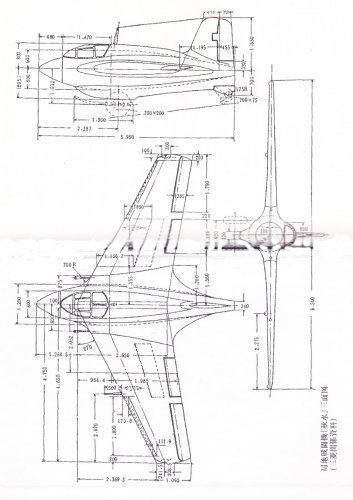
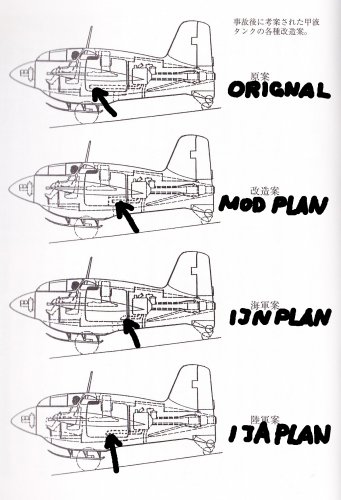
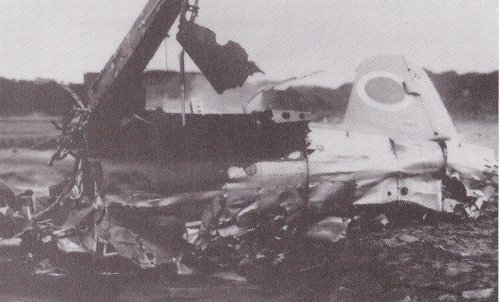
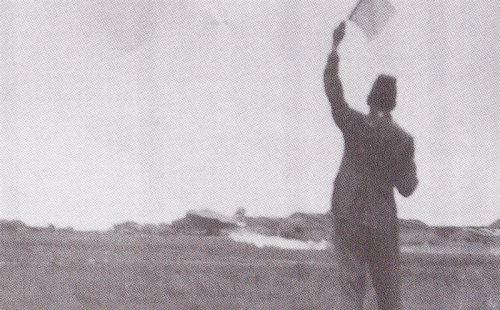
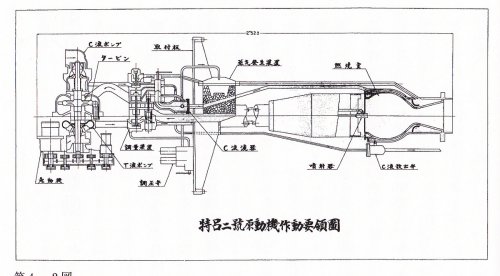
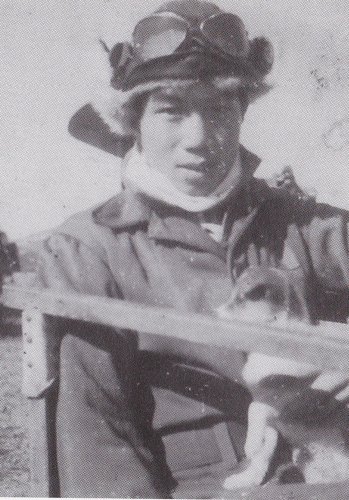
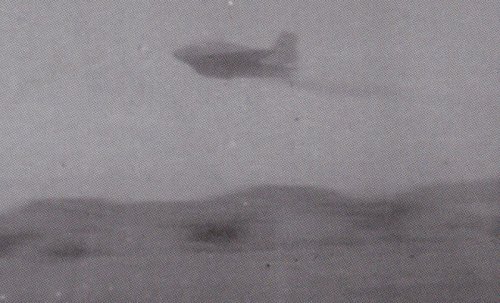
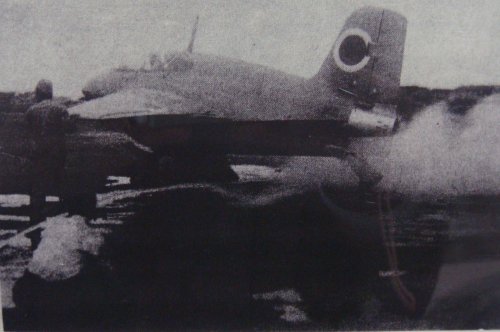
Hmmmm..........robunos said:Hmm... this looks very much like a 'double' Jumo diesel engine, but with a shorter stroke. Was there any transfer of Junkers diesel engine technology from Germany to Japan?
cheers,
Robin.
